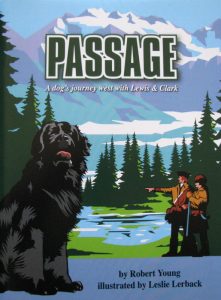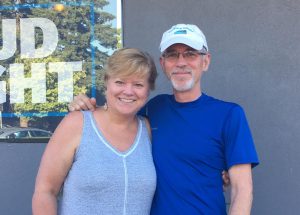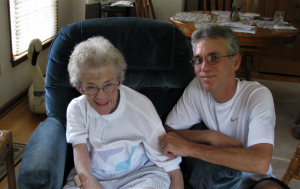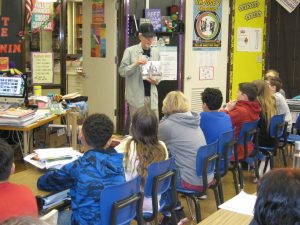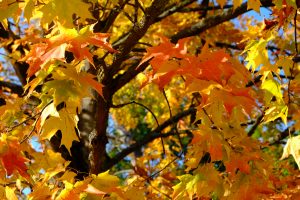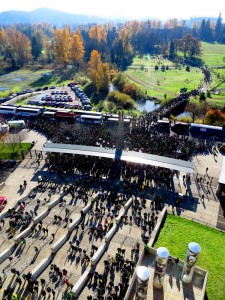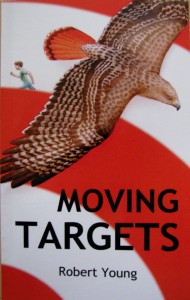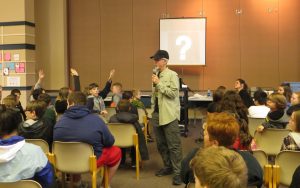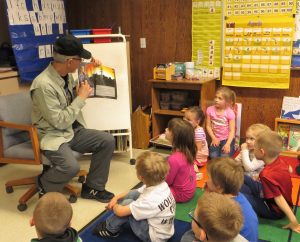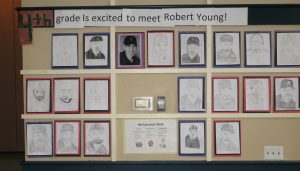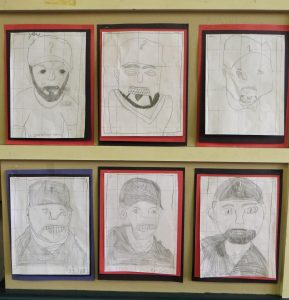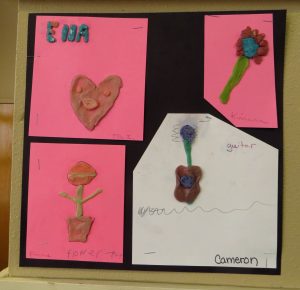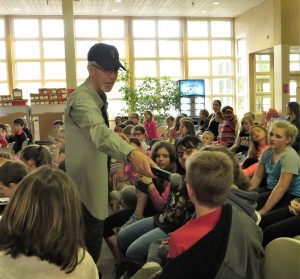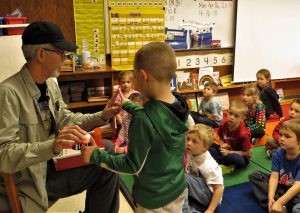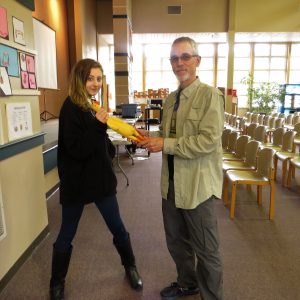Greetings Teachers!
Hope your year has been rich with discovery and learning. As summer approaches, here’s something to consider:
“Use it or lose it” the old saying goes. And we know it’s true. That’s one of the reasons we develop summer reading programs: to reduce the “summer slide” that takes place when kids don’t read. It works, too. (www.nysl.nysed.gov/libdev/summer/research.htm)
Why can’t we stop the “summer slide” in writing as well by developing summer writing programs? We can. The program you create can be as simple or complex as you want. I prefer simple.
In a simple summer writing program, kids will need three things:
- Something in which to write (writing logs)
- Something to write
- An opportunity to celebrate their writing
Do you have your students bring in notebooks at the start of the year? If so, have you used them all? If not, there’s your summer writing logs. If notebooks are not available, you can create writing logs by simply stapling lined paper together and adding covers of construction paper. Or, of course, you can use any other bookmaking method you know about.
Provide students with options of things to write. What areas did you cover? You can make a list of them in the front of the logs, and add directions and/or samples. Some examples of writing areas include:
- Poetry (include specific types, e.g. acrostic, free verse, haiku, etc.)
- Letters (create a class sample to show format)
- Slice of Life stories (personal narratives)
- How-Tos (directions for doing something)
- Curiosities (questions about the world)
- Research (answering questions, providing information)
- Fiction (stories, plays, scripts)
- Journaling (day-to-day happenings)
Celebrate the efforts your young writers make. Invite them to bring their writing logs to school when it starts in the fall. At that time, provide them with class opportunities to share what they have done.
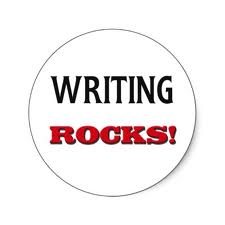
But wait, more than likely, you won’t have the same students again. That’s why it’s important to collaborate with your colleagues. Do it together with the colleagues who teach a grade level above and a grade level below you. Better yet, make it a school-wide program. Create a writing culture that extends beyond your classroom and the walls of your school.
Imagine this: It’s the first day of school and your new students, in addition to their class supplies, bring their summer writing logs. Over the next week or so, students share some of their work—a story, some poems, questions they had and the answers they found, letters they wrote (and the responses received)—with the class.
Communication is important for this to work: communication with colleagues, with the kids, and with their parents. Send a note home at the end of the year explaining what you’re doing. Encourage parents to write with their kids, and to make sure the writing logs are returned in the fall.
Will all the kids participate? Hardly. But if you can get a few, or even one, then you can show by sharing the value and the fun of writing. The next year there will be more, and the next year even more. You will be creating a true writing community.
Good luck!

